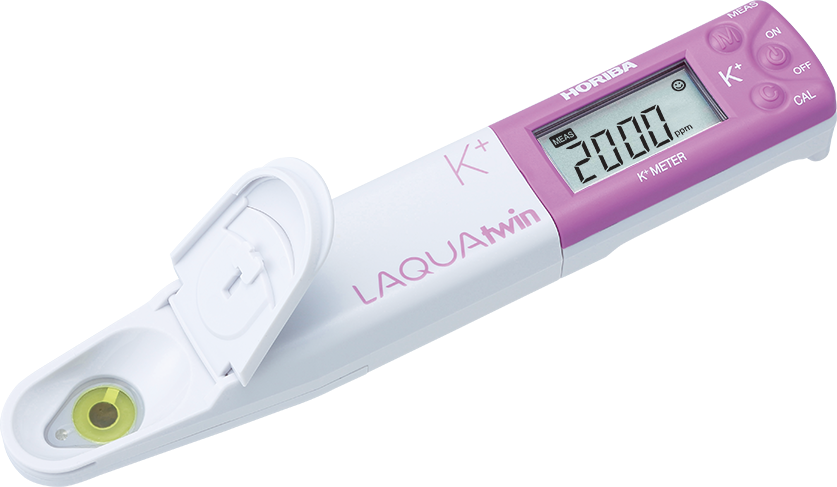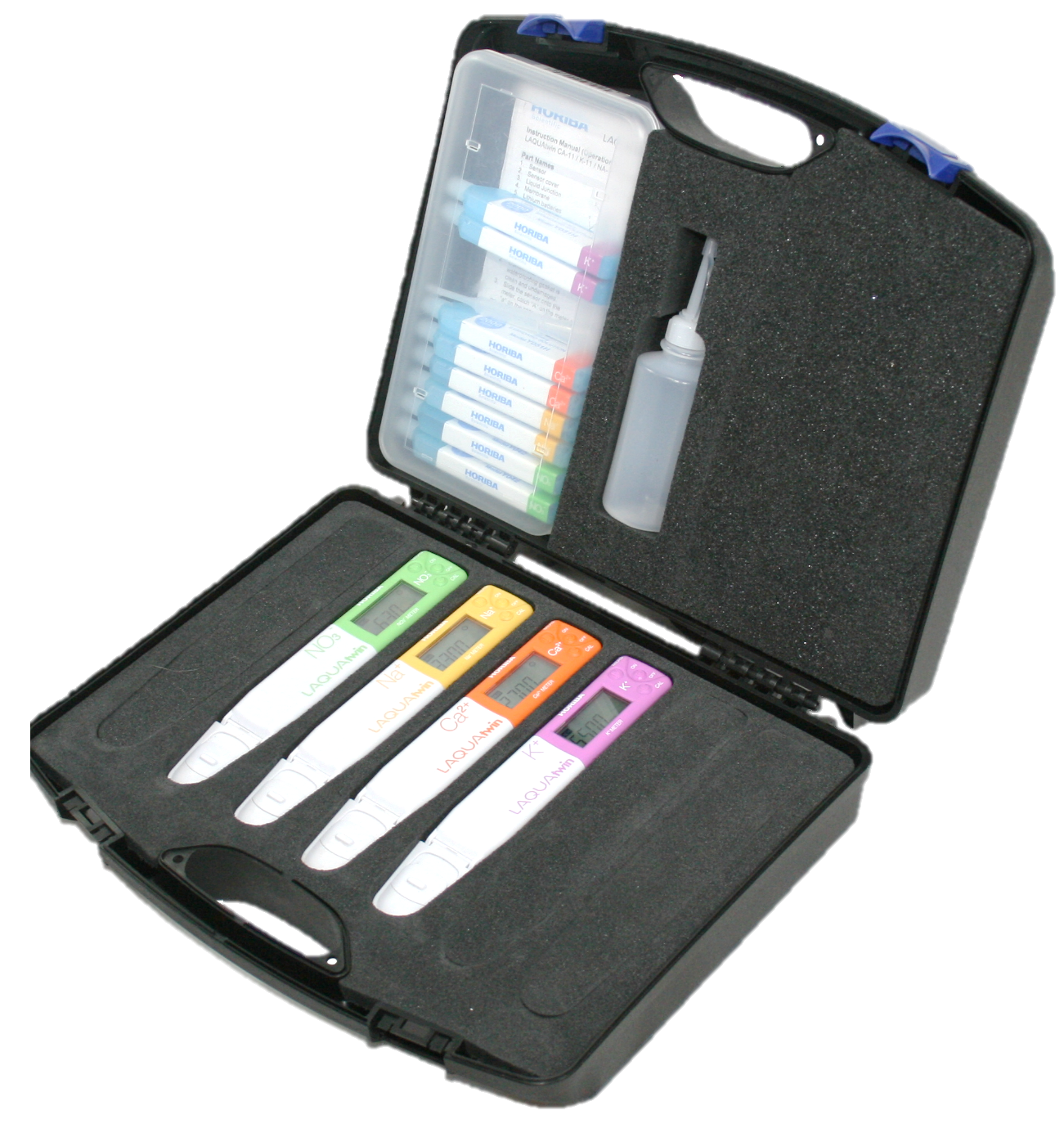Potassium guide for plant growth
Potassium (K) is an essential macronutrient for plant growth and development. It plays a crucial role in photosynthesis, enzyme activation, water regulation, and overall plant metabolism. Potassium deficiency in soil can lead to reduced crop yields, poor plant health, and increased susceptibility to diseases and environmental stresses.


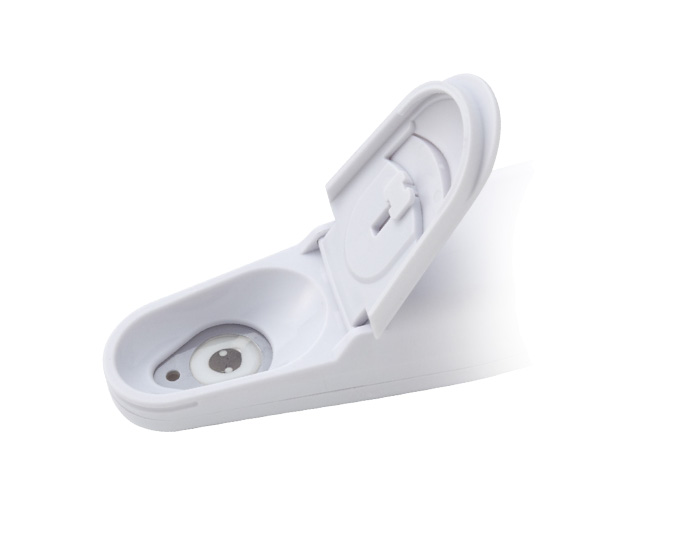
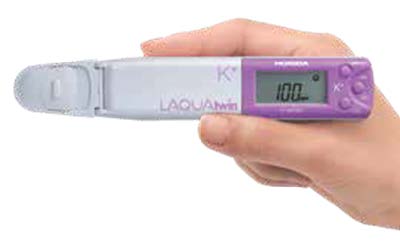
Causes of Potassium Deficiency
- Soil Type: Sandy and highly weathered soils tend to have low potassium-holding capacity.
- Leaching: Excessive rainfall or irrigation can wash potassium out of the root zone.
- Imbalanced Fertilisation: Overuse of nitrogen (N) and phosphorus (P) without adequate potassium application can induce deficiency.
- Crop Removal: High-yielding crops remove large amounts of potassium from the soil, depleting available reserves.
- Soil pH: Extremely acidic or alkaline soils can affect potassium availability. Maintain your pH between (6.0-7.0)
- Clay Mineralogy: Soils rich in certain clay types (e.g., kaolinite) have lower potassium retention.
Symptoms Of Potassium Deficiency
1. Leaf Symptoms:
- Yellowing or browning of leaf edges (chlorosis and necrosis).
- Older leaves affected first, progressing to younger leaves.
- Leaf curling and wilting under stress.
2. Growth Effects:
- Stunted plant growth due to reduced cell expansion.
- Weak stems leading to lodging in cereal crops.
3. Reproductive Impact:
- Poor fruit and seed development.
- Reduced resistance to drought, pests, and diseases.
Diagnosis of Potassium Deficiency
- Soil Testing: Measures exchangeable and available potassium levels.
- Plant Tissue Analysis: Confirms potassium deficiency in plant tissues.
- Field Observation: Identifies visual symptoms in affected crops.
Measurement of Potassium in soil
LAQUAtwin is a series of compact water quality testers. Using Ion Specific Electrode (ISE) technology, they are available for Conductivity, Calcium ion, Nitrate ion, Potassium ion, Sodium ion and pH measurement.
Using just a single drop of sample, the LAQUAtwin proprietary flat sensors can quickly and accurately measure the values of the chemical parameters for quality check of food in production lines.
A simple method for a rapid measurement of potassium ion in soil uses the LAQUAtwin potassium ion meter K-11. The extraction method is the same as the lab method.
The following procedure explains how you can measure K+ with good correlation to analytical lab tests.
Method
- Put 1g each of air-dried soils (four samples) in 100mL glass beakers, two beakers per soil sample.
- Prepare two kinds of extraction per soil sample, one by adding 20 ml of 1mol/L CH3COONH4 to one beaker, and 20 ml of 0.01mol/LCH3COONH4 to another beaker.
- Shake the beakers around 1 hour to extract K+ from the soil using a bench top shaker.
- Calibrate LAQUAtwin K-11 with 150mg/L and 2000mg/L K+ standard solutions included in the product.
- Measure potassium ion concentration of the filtrated solution with calibrated K-11 and with ICP-OES (e.g. HORIBA Jobin Yvon. Model ULTIMA2).
- Perform this measurement with 4 different samples.
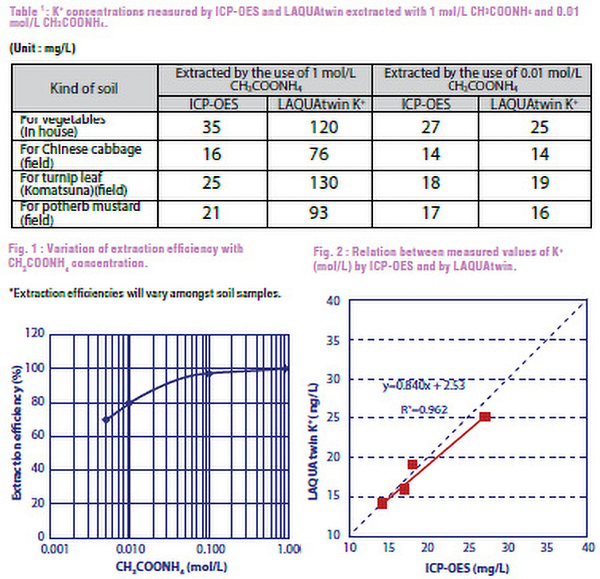
Results and Benefits
The LAQUAtwin K-11 allows for a simple on site determination of potassium which provides accuracy close to laboratory techniques.
Table 1 shows the results from ICP-OES and LAQUAtwin K+ extracted with 1 mol/L and 0.01 mol/L CH3COONH4.
Figure 1 shows the potassium extraction efficiency measured with ICP-OES. Setting 1 mol/L CH3COONH4 extraction as 100%, efficiency trend is plotted depending on different CH3COONH4 concentration.
Figure 2 shows the correlation between ICP-OES and LAQUAtwin K+ measurements with 0.01 mol/L CH3COONH4 extraction.
Potassium deficiency in soil can significantly impact crop health and productivity. Regular soil and plant tissue testing, balanced fertilization, and proper soil management practices are essential to maintaining adequate potassium levels.
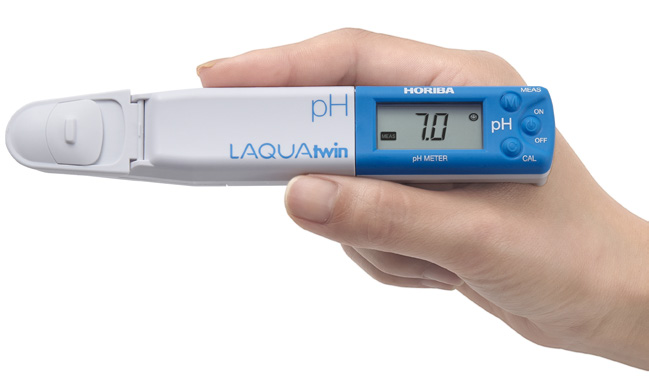
LAQUAtwin: the only meters with flat sensor technology.
HORIBA’s highly-sensitive, flat sensor technology opens up new possibilities for sampling and sample types. Only a small amount of sample is required, so you can easily sample in situ without the need for beakers or other labware. Sensors are easily replaced as required.
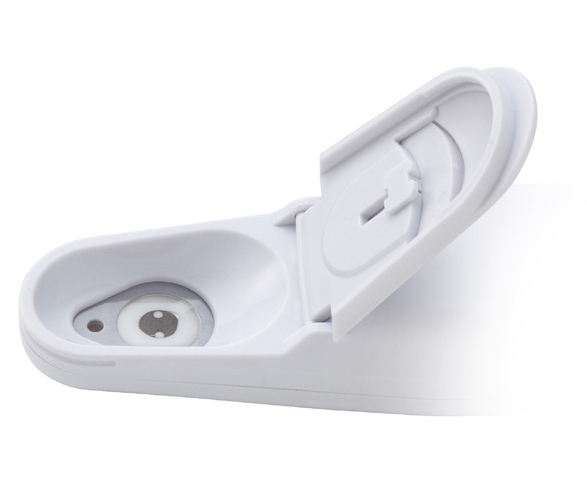
Calibrate and measure at the touch of a button — the smiley face will tell you when the result can be read.
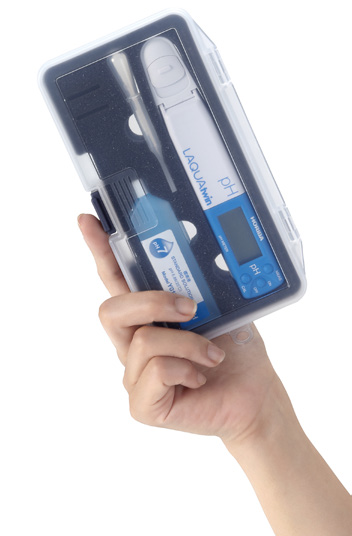
LAQUAtwin is fully waterproof and dustproof.
The meter and sensor are fully waterproof* and dustproof, so you can take it anywhere.
* IP67 rated. Will withstand immersion for 30 minutes at 1 m. Not suitable for underwater use.
Carry case comes as standard for handy portability.
The compact carry case contains everything you need for your measurements, including the standard solution and sampling sheets.

